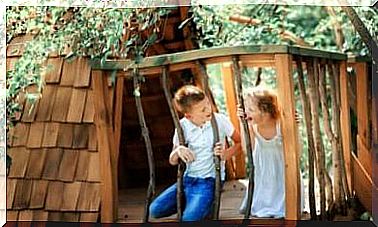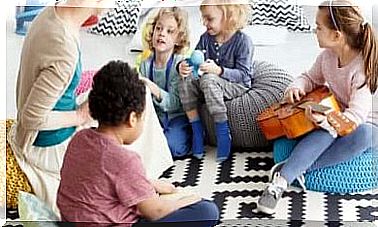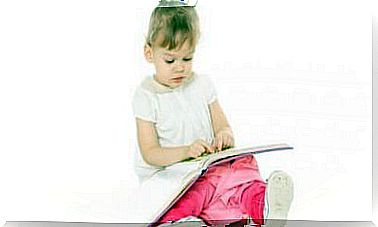5 Dynamics Of Emotional Intelligence In Children – Parenthood

Emotional intelligence is one of the central aspects of a person’s integral development. It can be worked in different ways and in different areas: at home, at school or with professionals, among others. Here are five dynamics of emotional intelligence in children.
First of all, what is emotional intelligence? Emotional intelligence is the ability to perceive, assimilate and control our own emotions and those of others by developing our intellect and emotional state.
Although emotional intelligence is not often high on our agenda, as intellectual capacity or physical well-being may be, it runs through much of our lives.
First, because it has a direct relationship with the connection we make with ourselves and with other people. It defines self-perception, control of feelings and how to deal with these bonds with our peers.
In addition, it also establishes a way of life and a style of communication of its own, based on our view of the world, of ourselves and of others.
5 dynamics of emotional intelligence in children
We are now going to go over some dynamics of emotional intelligence in children so that you can work together on this very important characteristic of personality.
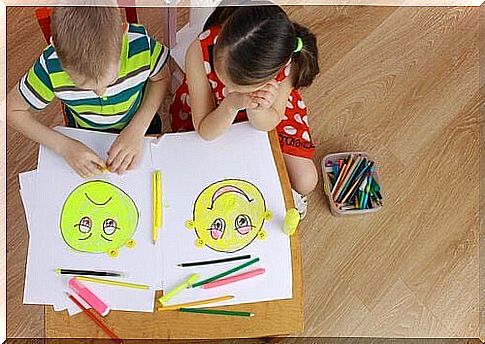
1. First names and qualities
On a sheet of paper, the child is asked to write his name and surname. Then, from each of the letters that compose them, he is asked to add a positive characteristic that, according to him, defines him.
For example, if the child’s name is Alberto, we could add: kind, loyal, good, energetic, laughing, tolerant, orderly.
If the name and surname are too long, you can choose one of the two so as not to exaggerate the difficulty of the exercise.
On the other side of the sheet, she is asked to incorporate the first name of an important person in her life. In addition, he must add words that indicate how he has changed it. For example: love, companionship, help, etc.
2. The accusation
Here is another dynamic of emotional intelligence in children that we develop. The teacher, the mother, the guardian or the person in charge of the activity must present a hypothetical situation in which the child is accused of bad behavior.
This can be through a story (to make the exercise more impersonal) or based on a supposed lack of loyalty to a friend, to name just two examples.
Once the situation has been explained, the child must write a response in which he responds how he would react to this accusation. Then you can rank the positive and negative responses and collectively discuss why the former are better.
3. A list of emotions
In this case, children should make a list of emotions, feelings or sensations and write them down on a piece of paper. It can also be a digital medium if this is more practical.
Then, the adult must get the children, individually or in groups, to develop a definition of each of the emotions mentioned.
Like other dynamics of emotional intelligence, it aims to identify feelings and make the child understand the meaning of what is going on in his head.
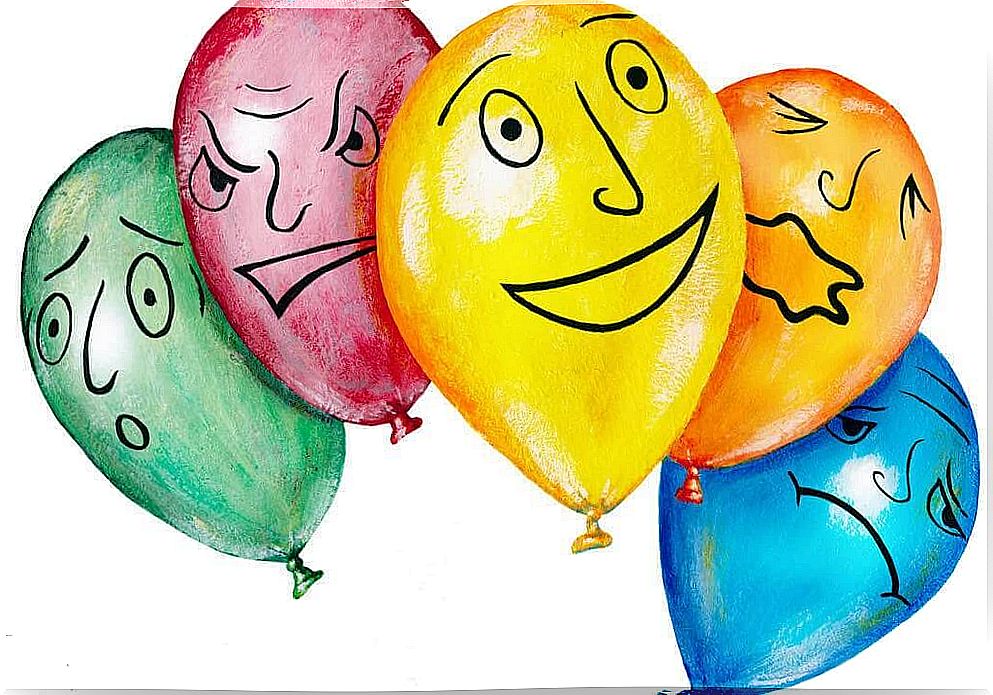
4. Facial expressions
It is one of the most comprehensive emotional intelligence dynamics for children. First of all, the adult says they have prepared pictures with faces that express emotions.
A useful tip: you can take advantage of children’s familiarity with the “emoticons” of telephones, which have the function of representing feelings.
It can also be done in the other direction: write the emotion in words and ask the child to express it with gestures.
From there, it is possible to work on the identification of a feeling, the enumeration of the other feelings which can accompany it and to put into words the moments when the children have felt that way.
5. Artistic expression
Art is one of the expressive channels of the human being par excellence. Children are no exception. For this activity, which can be done alone or in a group, children are asked to express themselves by painting on a sheet of paper the emotions they are feeling at the time.
Context is extremely important to this work. It is advisable to produce music (if you want to encourage a particular sensation, choose a type of chord). Interaction or discussion between children (in the case of a group) will be prohibited.
Afterwards, we can generate a debate in which each participant explains their work and the emotions they have chosen to represent, as well as the reasons for their choice.
As a conclusion, we can attest that knowing how to differentiate, manage and resolve our emotions allows us to lead a more balanced life from a mental point of view.
The more these strategies are defined, the more we are active and resolute. Working on emotional intelligence from childhood is a great idea.
